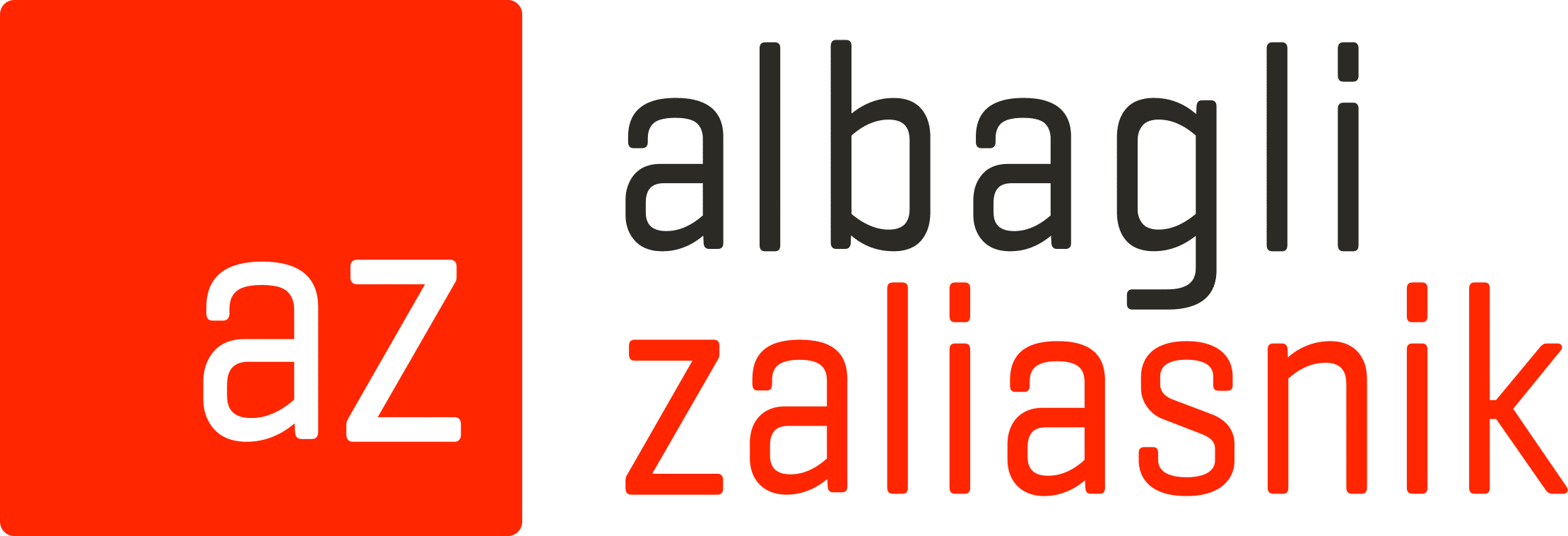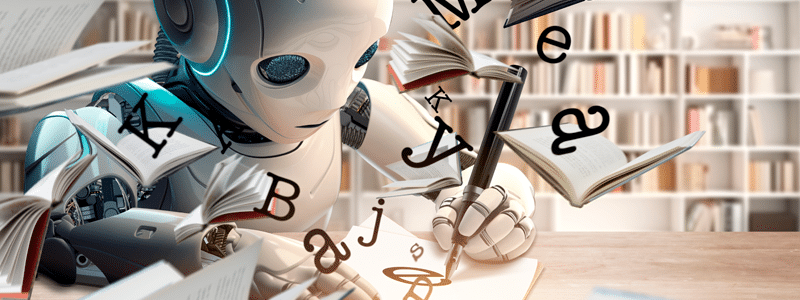In 1995, UNESCO officially declared April 23 as International Book Day. After almost 30 years, it is interesting to reflect on how traditional literature models have changed, which when applied to law and intellectual property has become one of the most relevant legal discussions in recent years.
Thus, the production of literary works using generative AI has reached levels that were unimaginable some time ago. To contextualize, when we talk about this type of AI we are referring to technologies capable of creating “new” or “original” material. Regarding the field of literature, content development is usually done through the use of recurrent neural networks and generative language models.
Neural networks are AI systems that are made up only of input data and that, through the use of machine learning algorithms, allow them to reach a new classification or result, different from the databases that were initially given to them. Neural network systems work based on different layers to process information and many of them are hidden. That is, there is an internal part of the network to which we do not have access, which makes it difficult to know what actions or operations were carried out by the system, which managed to transform and analyze the information that ultimately allowed the machine generates a novel or different result. When we qualify this type of system as “recurrent”, it means that the connections are feedback (unlike conventional ones), which allows information to be maintained for the other layer to maintain and use, which makes them especially useful for natural language processing and therefore, the generation of literary text.
Before 2010, the layers were rather shallow and had an error range of 80%. As of 2016, this margin was reduced to 3%, which allowed us to talk about human parity, one of the most relevant milestones in AI and which refers to when an AI system is comparable or even exceeds performance. human for a particular task.
On the other hand, generative language models use deep learning (neural networks) to learn linguistic patterns and structures, enabling the creation of content. The above, added to advances in natural language processing, has revolutionized the literary industry.
As examples we can refer to ChatGPT, which is probably the best-known generative language model in the world, or XLNet, developed by Google and used recurrently to generate dialogues and narratives, or DeepAI Text Generator, which offers online tools to generate creative texts.
From the perspective of law, there is still no regulatory plan of its own. Although the vast majority of legislation has determined that creative faculties are inherent to human beings and, therefore, a machine cannot be the owner of rights, there are still legislative gaps that, if they persist, could generate serious consequences, both in the creative and technological industries.
Thus, the contingencies that we have witnessed in recent years allow us to conclude that without a doubt the exponential use of AI systems in the creation of this type of content is a reality. At this point it is worth remembering the massive strike in Hollywood by the actors and screenwriters unions over the use of AI in content creation and the lack of regulation in 2023 or the case of Rie Kudan, the winning writer of Akutagawa, the main Japanese literary prize for his novel “Tokyo Sympathy Tower”, written 5% with ChatGPT.
Added to this is the recent measure taken by Amazon, which, upon being alerted to the large number of available books written by AI, has limited the number of publications per author on the platform to avoid legal contingencies based on rights infringement. The above is based on the case of Chris Cowell, author of the book “Automating DevOps with GitLab CI/CD Pipelines”, who weeks after its publication found a copy of it, which had been replicated using AI systems and was available for sale on the same platform.
For the moment, the approach that maintains greater consensus at the international level regarding the form of regulation of creations made with AI systems determines that the rights holder will be the natural person who created the system itself. However, it took only a few years for the premise to not be enough, especially in the creative literary industry. For example, under all the aforementioned assumptions that involve a natural person creating a literary work through AI systems, the following questions arise: to what extent can a machine be used without affecting the degree of protectable human creation? In the event that the percentage was considerable, would the work become collaborative, belonging to both the author of the AI system and the author of the book in equal parts? How do I enforce the protection of a creation made up of AI systems that make up other independent creations?
While it is true that the tools provided by AI can be used in favor of authors to make their work more efficient and provide considerable support when evaluating creative resources, corrections and even research tasks, and the question regarding their The scope of legal protection is still in force at this point finding a comprehensive and flexible solution is essential, both for the creative and technological industries at an international level.
For more information on these topics, please contact our IP, Tech and Data team:
Eugenio Gormáz | Partner | egormaz@az.cl
Antonia Nudman | Senior Associate | anudman@az.cl
Carlos Lazcano | Senior Associate | clazcano@az.cl
Fernanda Rodríguez | Associate | frodriguez@az.cl
Esteban Orhanovic | Associate | eorhanovic@az.cl




